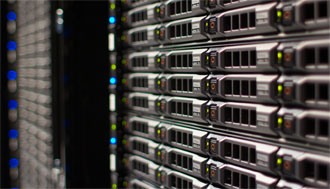 Figures supplied by market analyst company Gartner showed that the worldwide server market grew 4.8 percent in shipments for the fourth quarter of 2014.
Figures supplied by market analyst company Gartner showed that the worldwide server market grew 4.8 percent in shipments for the fourth quarter of 2014.
And revenues grew 2.2 percent in that quarter, compared to the fourth quarter of 2013.
Jeffrey Hewitt a VP at Gartner, described server market for the whole of 2014 as showing strong growth. Growth for the whole year was 2.2 percent.
“Hyper scale data centre deployments as well as service provider installations drove the X86 market upwards,” he said. “Enterprises had less unit growth impact because of the ongoing presence of physical server consolidation through X86 server virtualisation. This overall market growth developed despite declines in both mainframe and Unix platforms.”
HP was the leader server vendor in the quarter in terms of revenues, but only grew 1.5 percent in the whole year. Its market share is 27.9 percent worldwide. IBM showed a decline of 50.6 percent, and Lenovo had extraordinary growth of 743.4 percent. This is because IBM sold its X86 server business to Lenovo in the fourth quarter.
Dell is the second biggest vendor with 17.3 percent in terms of revenues, IBM third, Lenovo fourth and Cisco fifth. “Others” had a market share of 28.6 percent.
HP also led the pack in terms of shipments, pushing out 642,007 units in the fourth quarter.

















